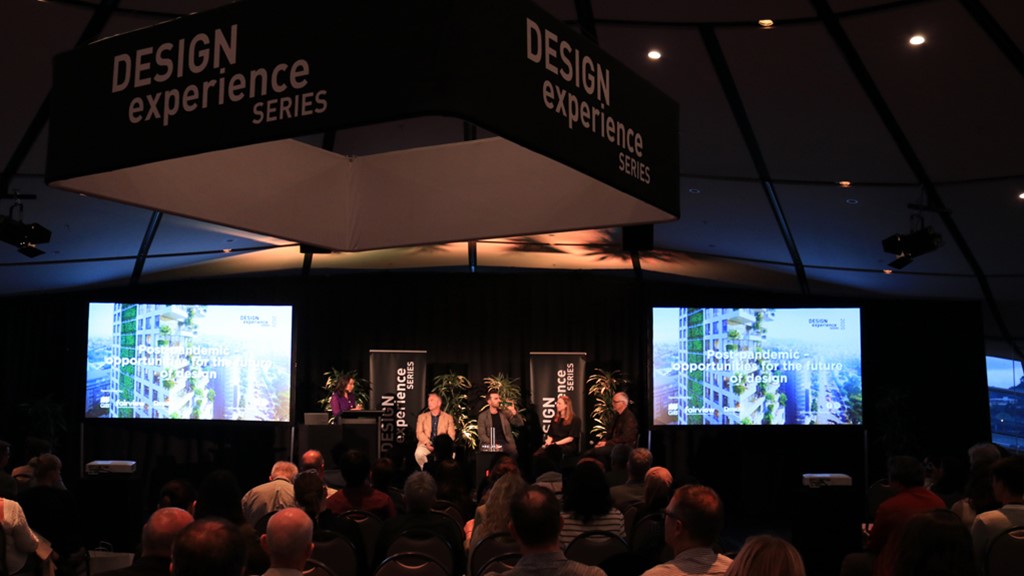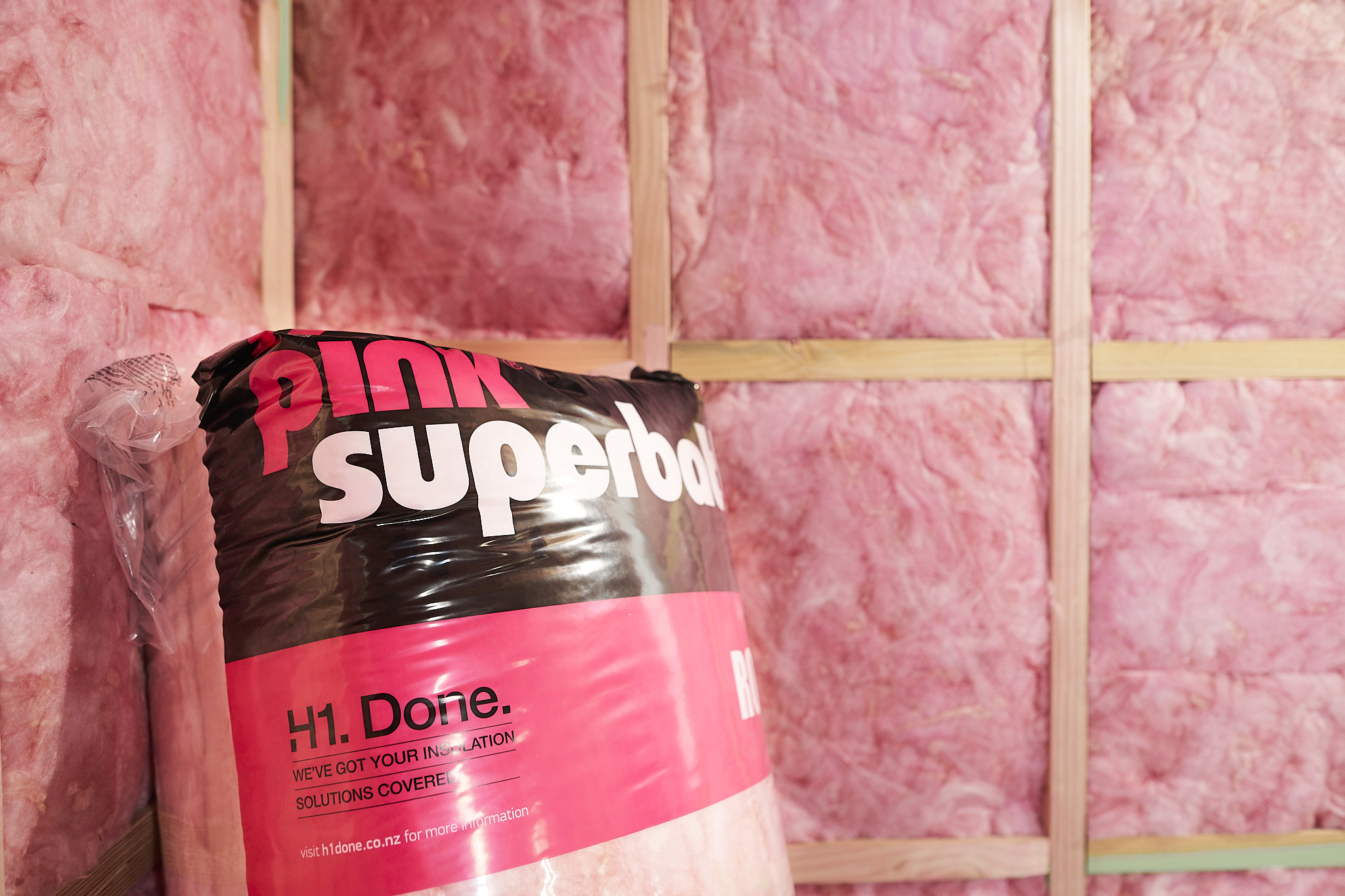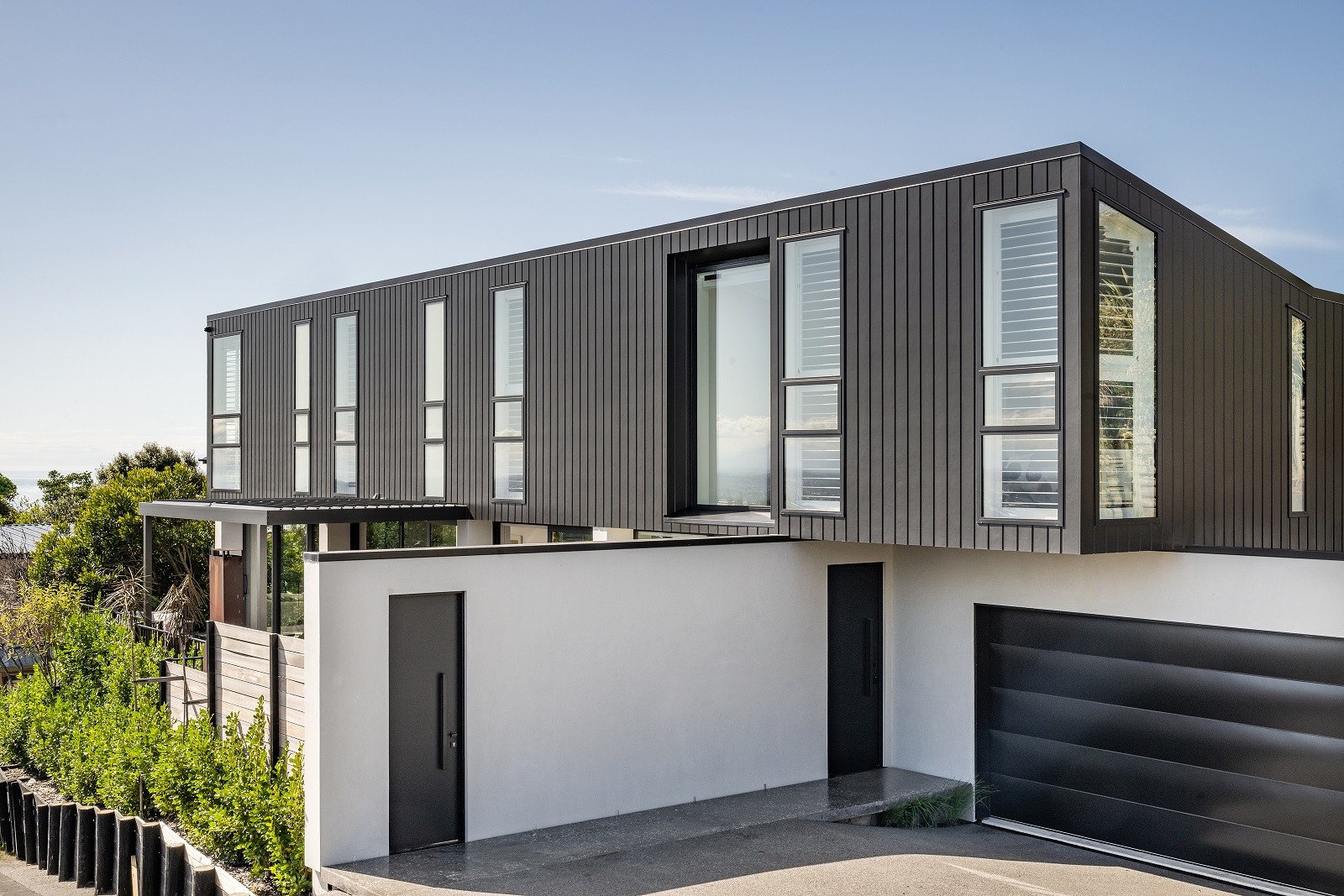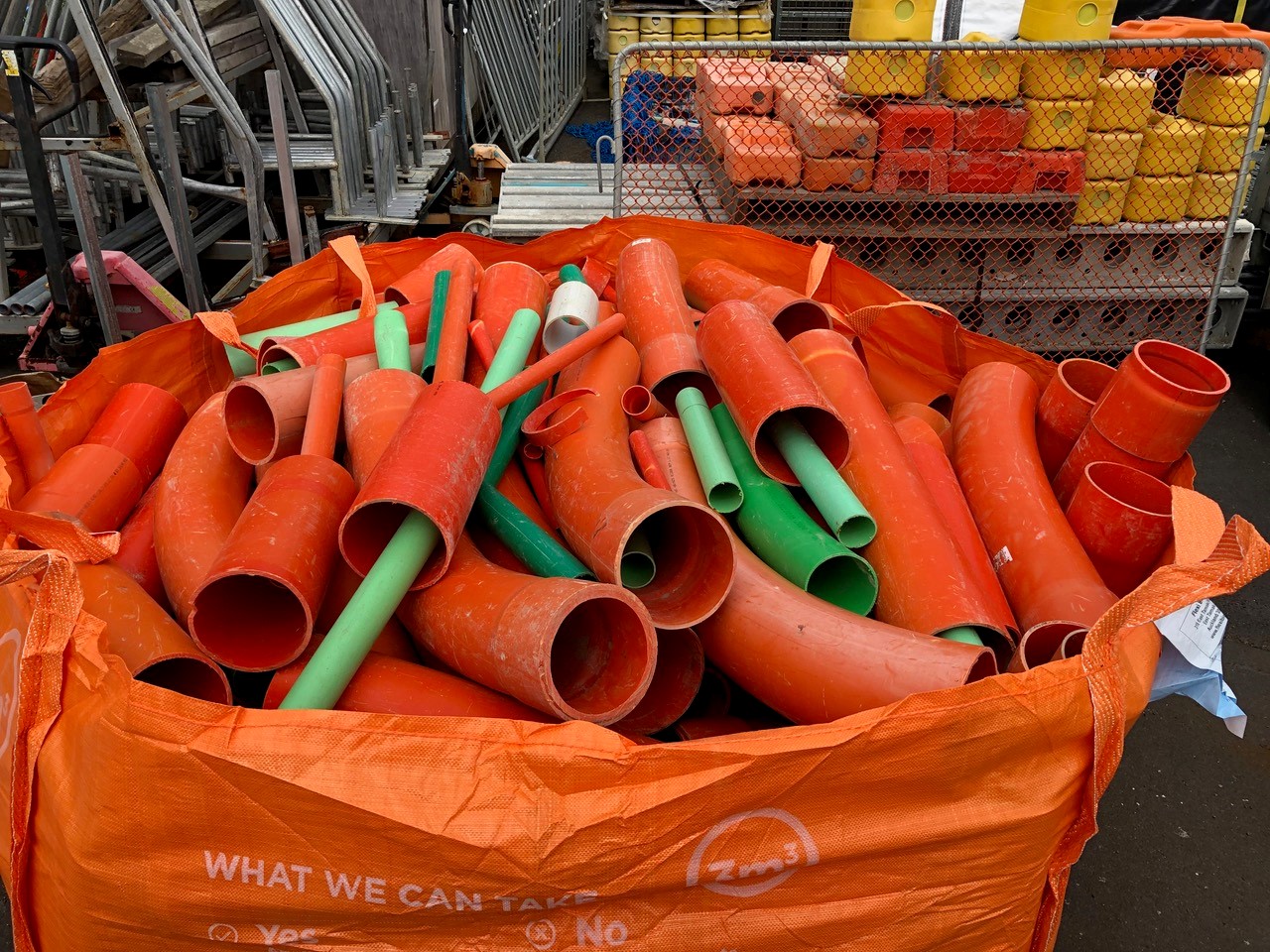It was a crowded exhibition space for the first Design Experience Series event this year, as designers, architects and construction industry leaders took the opportunity to get social, snack on canapes and hear from local and international experts talk about the future of design.
The relief was palpable, to hold a rare public event with actual humans meeting to share opinions and personal stories.
And with experts on stage as well as international voices, the views of speakers reflected the diversity of emotions the entire design community is currently sharing - as we look for answers to the great question of our time; ‘what is happening now and how will our world be different in the future as a result of the pandemic?’.
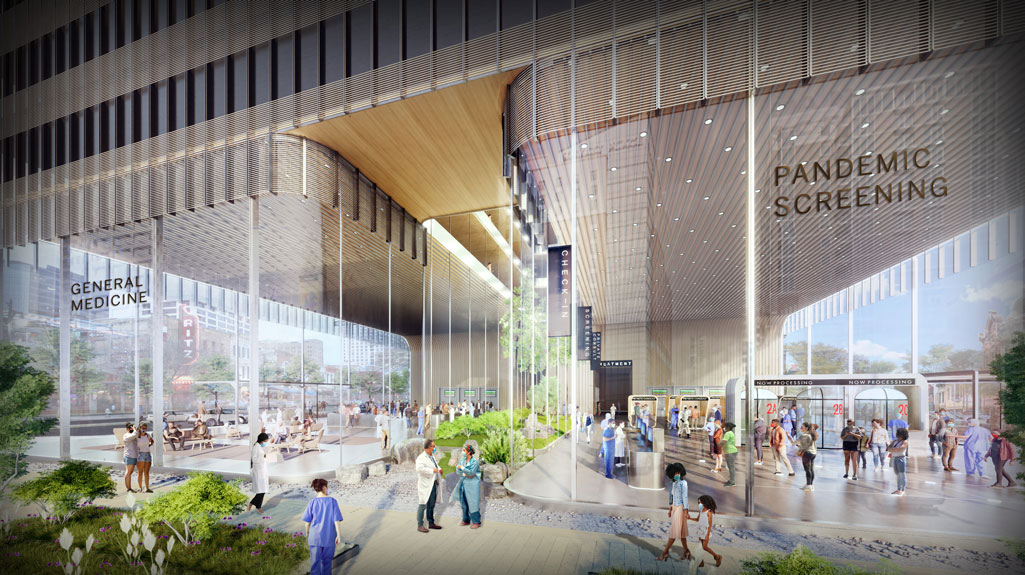
Living in a Covid Moment
Olin McKenzie, Design Director from the New York office of Skidmore, Owings & Merrill (SOM) believes we are already seeing a whole spectrum of adaptations and changes happening to the built environment. A lot of these will prove fleeting and temporary, but some of them for sure are going to stick around and will prove to be enduring parts of the cities in the way that we occupy built space.
“This [Covid] moment has proven that people have a renewed faith in design as a tool to help solve humanity's problems.
“Specifically understanding how all of our actions, the things that we build, the energy that we consume, the way that we cultivate our energy, all have impacts on the planet - this we hope has helped to put an exclamation point on the imperative that we should all have, in designing systems for living that coexist with the larger systems of life around us.
“What goes hand in hand with that is human wellness and health - a trend that we have seen in all architectural design, from housing to commercial office buildings. And we think this trend just got a huge booster shot.
“People now more than ever are asking for these enhancements to their buildings, and the tenants of buildings want to know how their buildings are serving them in terms of creating environments that they can feel secure and healthy in,” McKenzie said.
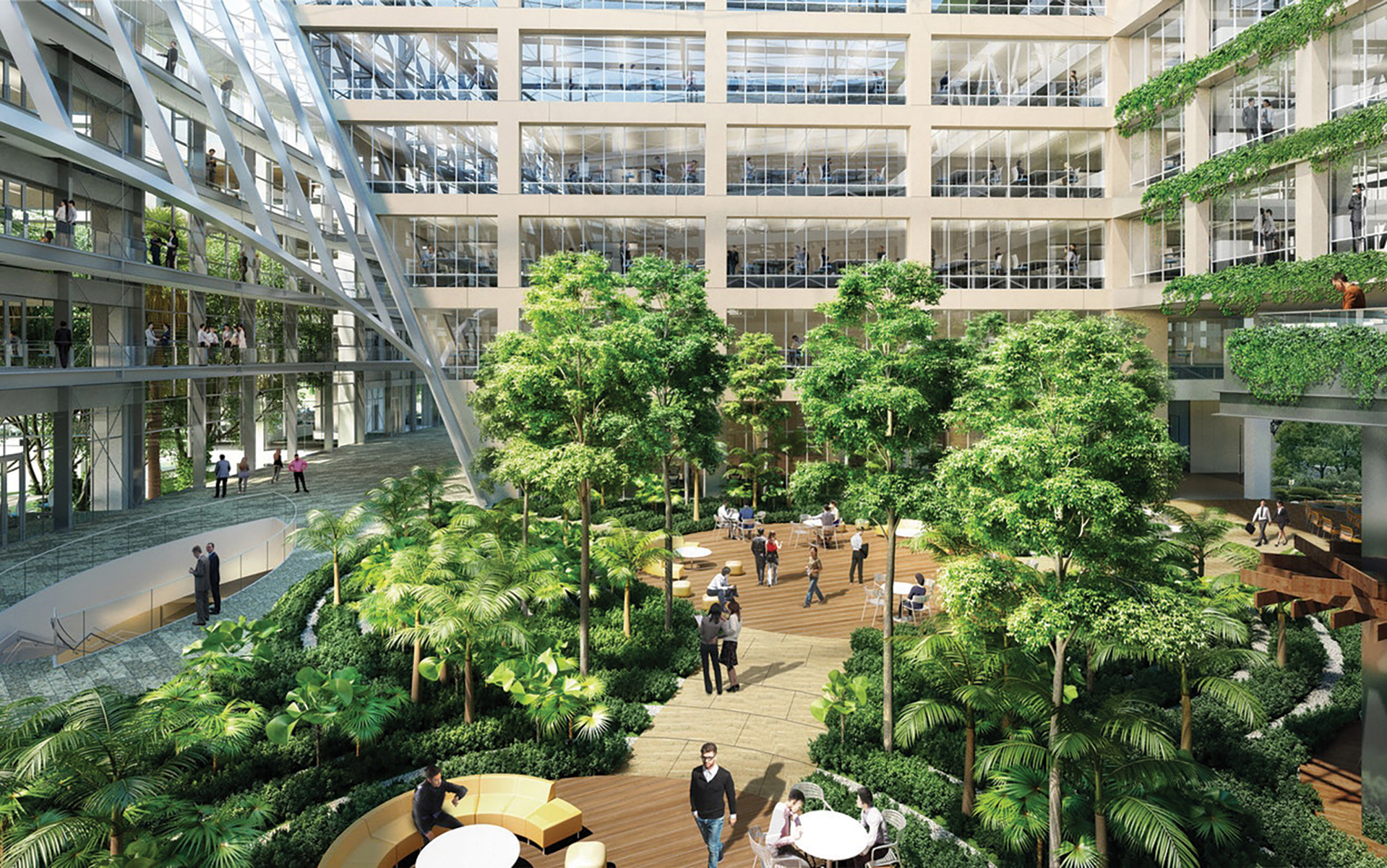
Analog Versus Digital
Will the pandemic change the way we think about the spaces we live and work in? Arne Emerson, Partner, Morphosis Architects, Los Angeles, California told guests he believes it already has.
“Everyone has been living in an analog versus digital world. People are starting to slow down - obviously they're working from home, but they're also working in a completely different environment.
“So, a lot of the questions we're asking, not only ourselves, but our clients as well, is how can we make things different?
“How do we bring that external landscape inside and create healthier work environments to live in? How do we deal with lighting? How do we deal with circadian rhythms? How do we deal with mental health? And how do we deal with those functional spaces, but then how do offices start to operate?
“And those really feed off to this larger idea of the natural environment and how can we be stewards of that? And how can the architecture actually start to embody and inhabit that realm?
“It's a complete reframing of things. And I think ultimately what we see is that there's a lot of opportunities for us as designers and architects to really start to fundamentally change the focus of where we're going, not only during COVID, but post COVID. Because I really, truly believe that we hold the critical knowledge and the thinking skills to really identify and isolate what these issues are.
“And then come up with solutions that become something that essentially influences the decisions on the built environment and the natural environment for the next two, three, four, five decades,” he said.

Living in Tension
Brian Squair, Director, Chow:Hill told the audience that he believes we are living in a position of tension - a tension between increased distancing and safety and a growing need and a yearning for community.
“While it is inevitable, as well as environmentally responsible to expect higher-density residential living, we'll need to consider other things. We'll need to consider social connectedness through shared spaces, transparency, and porosity, access to fresh air, ability to see the sky.
And Squair says the whole “working together - commercial office space thing”, is in a state of flux.
“Depending on the research and the data that you read or listen to, between 17% and 25% of commercial office workers will be working from home before too long.”
Squair says workers are expressing a strong desire to reduce congestion in the office. But more square meters per person, but less people, equals a neutral effect on the rentable space. In terms of workspaces that means changes such as a maximum of four desk clustering, an increase in dedicated meeting space and collaborative space.
The Aged Care Sector is a particularly vulnerable sector in Squair’s view, with occupancy ratios needing to change going forward.
“For example, there might be 30 people in a rest home facility with one combined lounge and dining area. Our suspicion is that's going to change, so instead you may have pods of 10, each with its own lounge/kitchen facility. So, those 10 people in that pod can be self-sufficient, should there be a point where it needs to close its doors for a while.
“So we suspect that's going to change the Aged Care set up. You can just imagine how design will need to change for separate access to these kinds of areas, so that residents can function, services can be split up, et cetera. So, should there be an isolation, it can still function. I suspect the current models will either fail or, with increased floor area per person, the cost will increase to a point where only high net-worth folks will afford it.”
On the flip side, Squair warns to watch for an increase in universal and accessible design modifications to existing homes.
“I'm suspecting that more accessible will become the default rather than the exception in home design. This tension is there and we need to design for it as we flex between the need for remoteness and a need for community.”

Space Flexibility
For Warren and Mahoney Principal, Adele King, the pandemic response was very personal, having recently joined the company just before lockdown.
Like most others in her profession, she moved very quickly to the work-from-home scenario.
“We've seen the barrier between the home of workers disappear, we see directly into people's living rooms. In a lot of ways, that's enhanced the way we've got to know our colleagues and to find a little bit more about them.
“Then we've come back into the office and we've seen a shift in mindset. People are saying that they're not as wed to a set desk when they go into the office – it’s more hybrid flexibility.
But that desire for flexibility isn’t universal. It depends somewhat on the role and the amount of risk the workers face.
“We've actually seen with healthcare projects the exact opposite, where health clinicians are saying they want their own office so they don't have to socially distance. So we've still got that tension and divide between flexible working and workplaces in hospital design.
“But it has accelerated use of technology in healthcare environments where we're using telehealth more and more. We're seeing the ability for clinicians and patients to interact online, to get that guidance straight away. But we've also had scenarios with some of our smaller healthcare providers that haven't had the technology available to them. It's been a real strain on them and their ability to come through this at the other side.
“I think that's what I take from this: while it's great, that technology, we can't forget what's beyond the screen, what everyone's been working with for the last six months – working with children, some loneliness as well, and in a lot of cases, a lack of knowledge to be able to use the technology that we have in front of us. Also in some cases with disabilities as a barrier.”
So, practically, how will the pandemic change the way how King views major projects?
“I looked at how we apply this to the designs that we do, and I come back to hospitals. They're at the centre of any pandemic, and COVID highlighted the importance of healthcare facilities that are designed to be flexible, that can cope with the pressures of increased numbers of patients in extreme scenarios.
“We looked at how could we make our hospitals more adaptable than they are at the moment? Whether we would cope with those numbers of patients coming in? How to reduce the need for ICU beds? How to adapt wards very quickly to make negative pressure wards. All of those things that we'd seen happen abroad, how would we apply that to New Zealand?
King said the verdict was clear. “We've seen that our existing facilities are not pandemic ready. There's a lot of things in our facilities that are outdated, that are not able to cope, but we've also had the advantage of seeing what's happened in the rest of the world.
“Fortunately, we've never actually had to test our infrastructure as a result of the way that we've all dealt with COVID here,” she said.
But the exercise did raise some important lines of thought.
“We can't design hospitals to sit there for the whole time. It's not within our budgets and it's not what we should be doing in terms of flexibility of design.
“We started to talk more and more around applying flexible workplaces to hospitals, to having patients as a centre of a facility where the clinicians come in and move around them. It's currently being tested in the Netherlands and over in Australia, but I'm not sure we're quite ready for it yet in New Zealand.
“People reacted different ways, it's what's makes us unique. We've shown we're resilient and we can face whatever the next significant event is. There's still so many unknowns out there that we need to be adaptable in our projects and our briefs and we need to remain open to those new ideas,” King said.
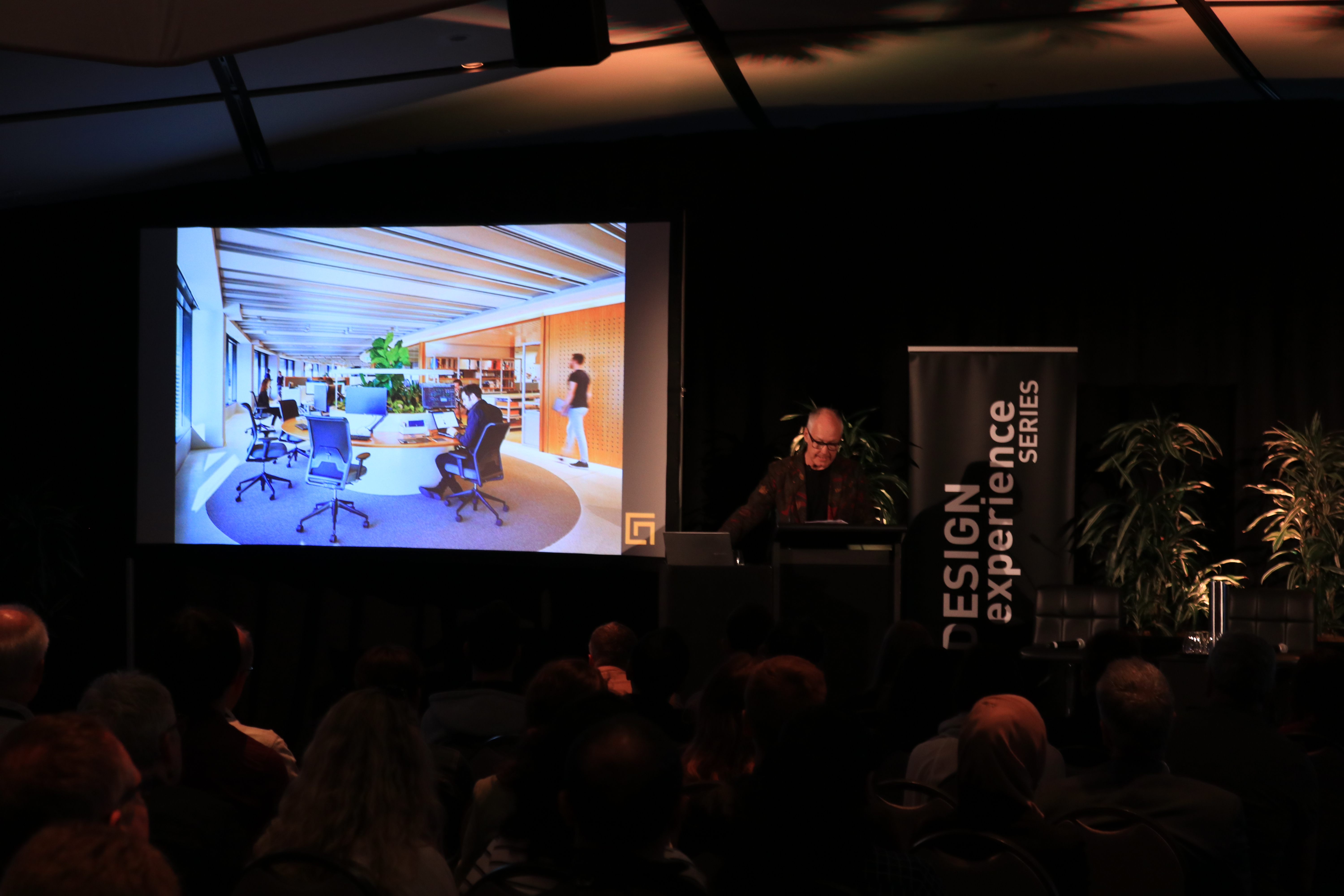
No more working from our garages
With regard to the longterm effects of the pandemic, Ken Crossan, Principal of Crossan Architects believes the jury is still out.
“We still have, I think, more questions than answers in what our built environment is going to look like after the pandemic.
“I think the old idea we’ve been used to - our home office being our laptop sitting at the dining room table, or on our knees perhaps may need to be slightly rethought. It was fascinating seeing meetings with people sitting in their garages, sitting in their laundries, or in the spare bedroom. However, working from home had other benefits. Not having to do the daily commute allowed more quality time with families, for exercise, for hobbies, and for other things.
“Homes, though, must be considered in terms of isolation and confinement and cater for our physical and our mental wellbeing. While it's self-evident that our homes should be designed to enable the spirit, there are added pressures as the result of lockdowns, loneliness and dislocation on the one hand, as well as the statistics on relationship breakdowns and domestic violence on the other.”
But what will it mean for workplaces?
“Perhaps we will need less area as people work remotely, or perhaps we'll need more as a response to the social distancing. What is for sure is that we need to reassess our views on space. Hot desking, a way of gaining office space efficiency and therefore improving the business's bottom line, will need to be rethought, because we now know the virus can stay on surfaces for some time. Perhaps it will mean having individual workspaces again, or perhaps just a different cleaning regime. Perhaps the new office will have more bump spaces and collaborative working spaces if the desk jobs can be done at home,” Crossan says.
The other side of working remotely, however, is that we discovered we are a collegial bunch.
“We like the personal interaction, we like the sitting around and having morning teas, the coffee machine is an important part of office furniture. We like being together, and we get results out of collaboration.”
During the Lockdowns “we discovered that our cities became cleaner places, they became quieter. We could hear more birds as the background noise of traffic disappeared. Our roads became safer with fewer road deaths. We discovered our foot paths became wider to allow for social distancing, with busy roads becoming shared pedestrian spaces, Ponsonby Road, Queen Street, and many streets around the world. It's interesting that some of these foreign cities have maintained these larger street widths. We may, therefore, need a larger public realm in the future.
“Now, these are not necessarily new ideas, but it may hasten a transformation of our city centres and our neighbourhoods into quieter, cleaner, more friendly, walkable, bikeable and greener places.
The pandemic will make us step back and rethink the way we live, work, and play. However, the city in my mind is an evolving organism. And my sense is there will likely be only minor changes in its trajectory, due to its resilience and appeal.
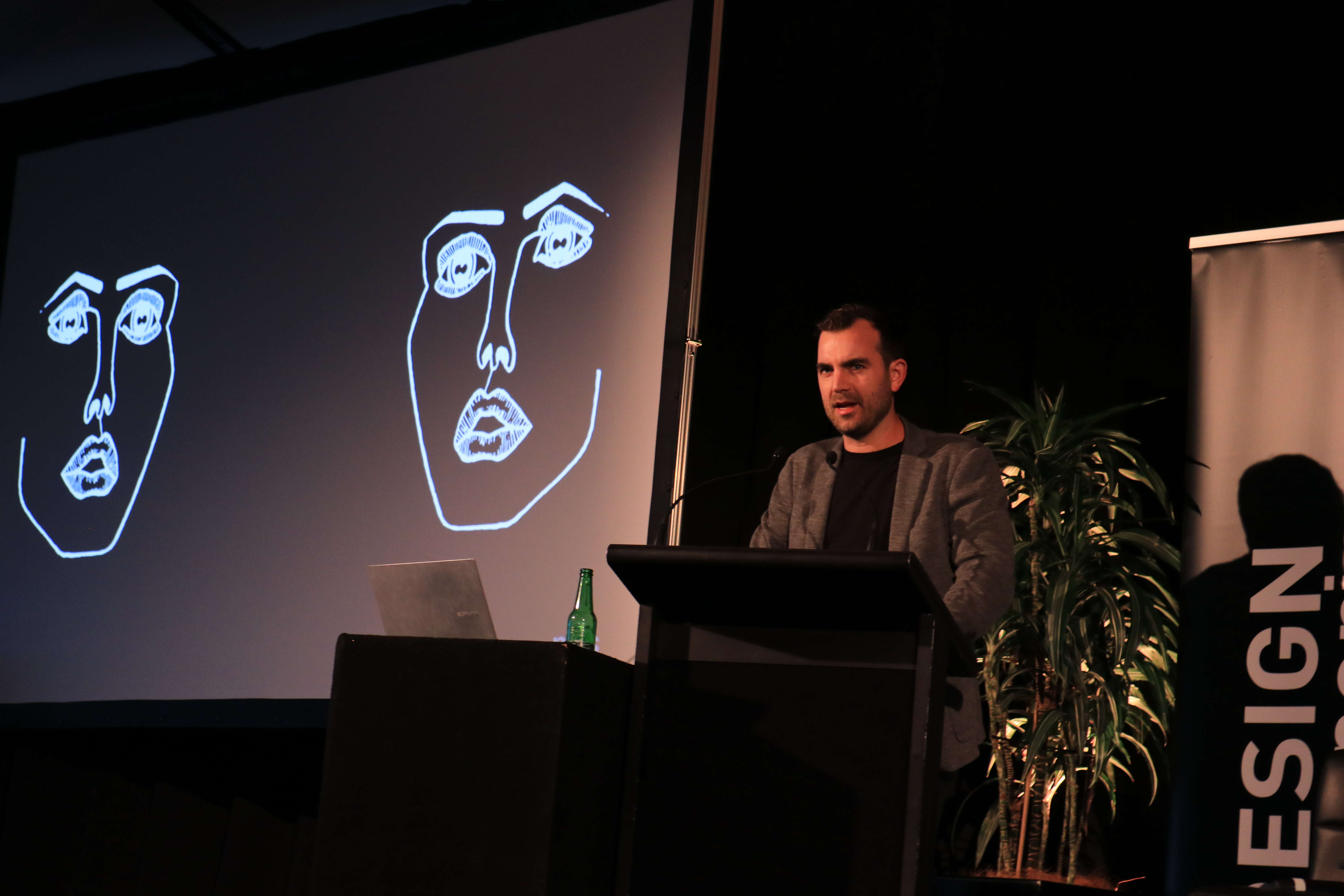
From face-to-face to mouth-to-mouth
The response to COVID has been incredibly varied across the world, says Piers Bowman, Associate, Plus Architecture New Zealand.
“I think design is just one of the many tools that we have to combat COVID, but how we use that design tool varies as much as the context in which we use it.
“The ability to communicate design is tricky at best and when you don't have that face to face communication, and you have isolation, it's incredibly hard to work within an office to get the design process moving. Face-to-face is absolutely key. Any issues you have around communication, even through Zoom and Skype and Teams, you just never have the same impact to communicate as you do when you're in face-to-face.
“We've gone from face-to-face communication to mouth-to-mouth communication. You're only ever getting part of the story and never getting the full picture. So we've really explored how do we communicate well during COVID and how do we communicate design.
Bowman says that they took the opportunity to review their landmark Pasifica project and to consider what, if anything they would do differently post COVID.
“We got together as a team and looked at what would we change post COVID and this was the list we came up with… ‘NOTHING’.”
“I'm being a little bit sarcastic there, but nothing would change fundamentally. I think that was a really surprising outcome from the workshop we had in my mind. But, the more we looked into it, the brief, the constraints, and more importantly, the choices people make when they're looking for accommodation, haven't changed, which is quite a positive.
“I was expecting a sort of fundamental design change. But, I do think there is a bit of a knee jerk reaction to COVID, where people might think, ‘I work in an office now with COVID, therefore, I need an office at home’. More space is not the answer, Quality of space is key.
“There were a couple of interesting stats that came out of COVID. One; people were physically healthier. But for me, and what I thought was more surprising, is that people were mentally healthier by living at home and interacting with their family and friends.”
If being at home is so good for us, how should we work to enhance that rather than fundamentally change it?
“I don't think fundamental change is required, but a look at what is inside, a look at the detail, is.
“The Pacifica was sold on a quality. It’s luxury accommodation. It’s got Italian marble and European appliances and that was perceived as quality. It's a sexy beast of a building, but should that perception of quality change? Should that perception of quality go from expensive appliance fittings, to calming colours and materials that are sensitive to the touch?
“It's not so much design challenge we're facing, it's a behavioural challenge,” he said.
The Design Experience Series continues in November, with Communities and Socialisation – a look into the future of how we want to live, starting in Auckland on 16th November before touring through the country covering Hamilton, Tauranga and Napier. See www.designexperienceseries.co.nz for speakers and dates.
